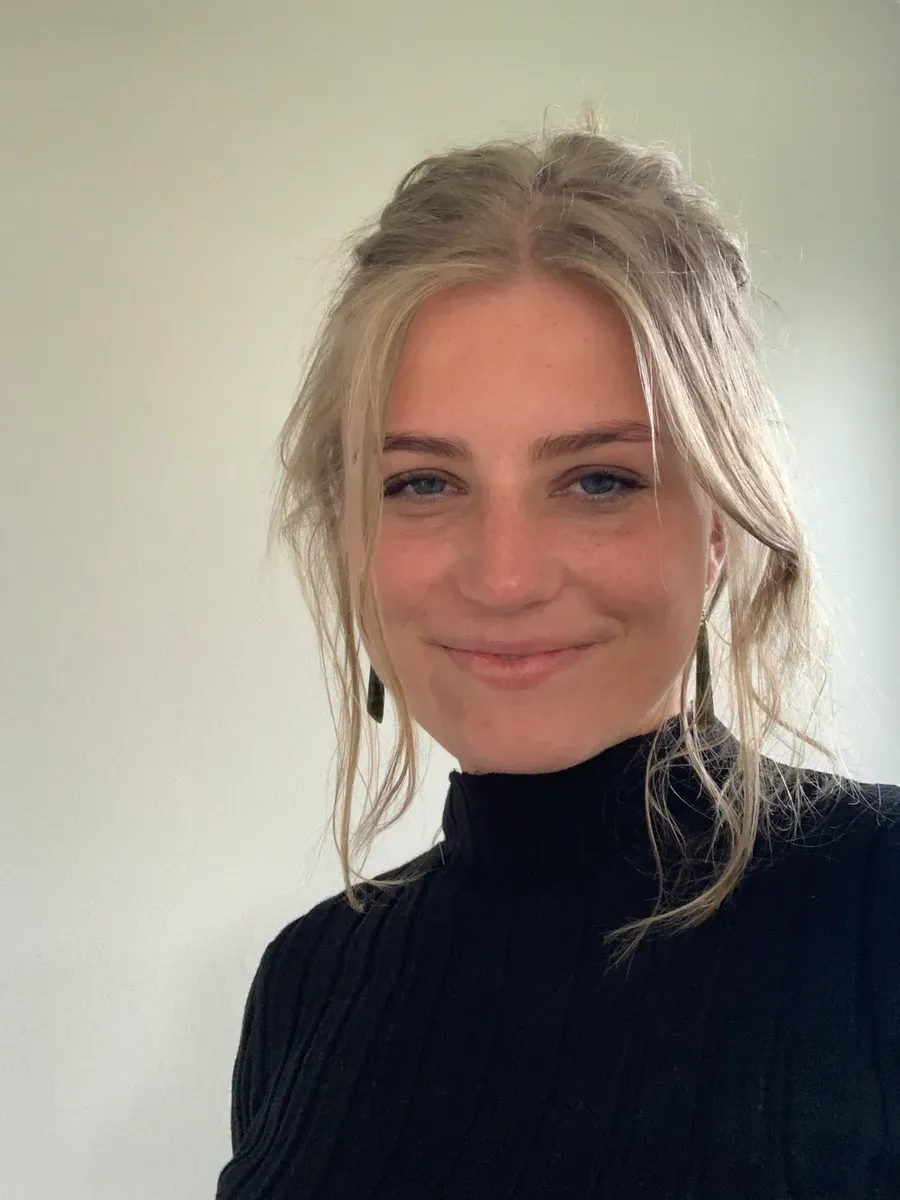That is fine if you prefer a format like SOAP when writing your case notes. We have left blank space in our template to allow for these formats so that you can stick to the method you prefer the most. SOAP stands for subjective, objective, assessment, and plan and is a specific structure that healthcare professionals use to write their clinical documents. It can help organize information clearly and concisely, ensuring that all important details are recorded.

Group Therapy Case Notes Template
Organize your clinical documentation and optimize your note-taking with our Group Therapy Case Notes Template.
Group Therapy Case Notes Template Template
Commonly asked questions
Although this will depend on the content of a session, the general length of a case note will be around 1 page per person. This is understandably flexible, and if you have a more extended session, then it will make sense that that note is longer. Additionally, a patient who participates more in a session may have a longer case note than a patient who is relatively quiet.
We recommend writing your case notes immediately after the group session so that the information is still fresh in your mind. As with writing any type of clinical documentation, you need the data to be accurate. To ensure the greatest possible accuracy, you should prioritize getting your case notes written as soon as possible.
EHR and practice management software
Get started for free
*No credit card required
Free
$0/usd
Unlimited clients
Telehealth
1GB of storage
Client portal text
Automated billing and online payments











